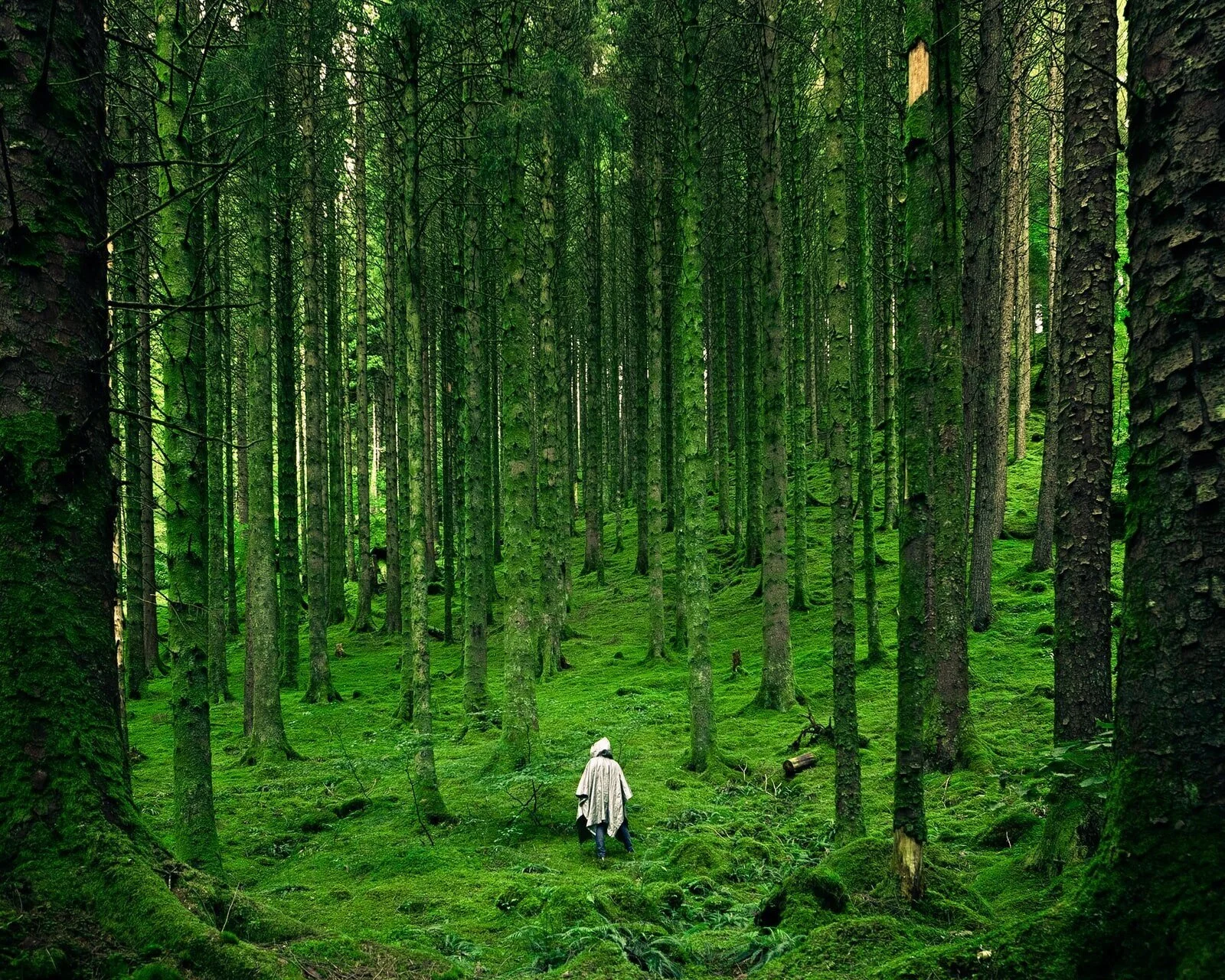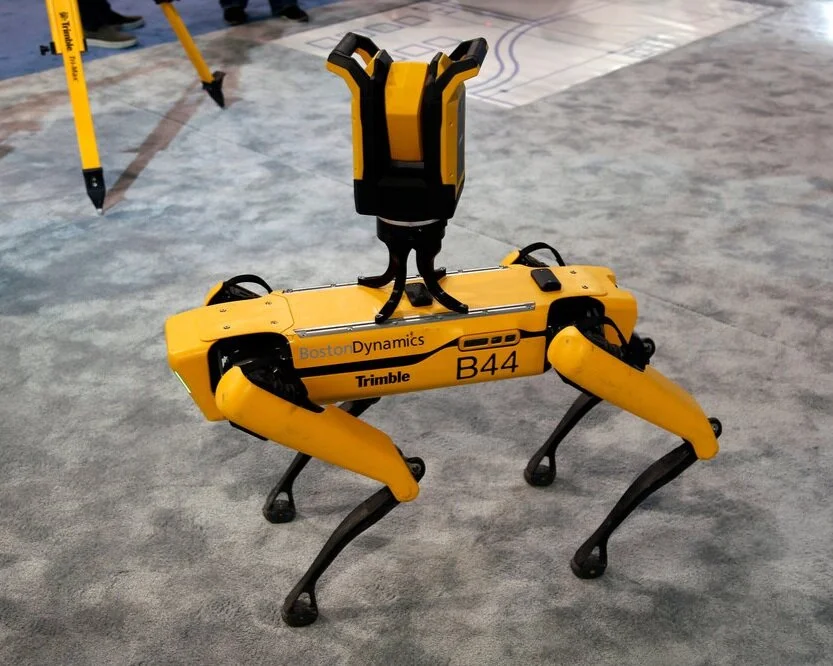NASA's Lunar Orbiter Scheduled for Crash-Landing
/Around Easter, NASA's lunar orbiter is scheduled to complete its eight-month-long mission and crash on the moon. LADEE (Lunar Atmosphere and Dust Environment Explorer) finished both of its objectives -- to gather information on the moon's atmosphere and to shed light on the lunar glow seen in Apollo pictures -- in March. Since then, it's been doing a few victory laps to gather some bonus data.
LADEE spent most of its orbit 12.5 - 31 miles above the moon, but in the final stages has gradually lowered to only one to two miles above the surface. The hope is the craft can be navigated around the moon's craggy terrain until scheduled crash on April 21st. However, even the slightest error at this altitude can result in a premature demise.
LADEE is a combined effort of NASA's Science Mission Directorate, the Ames Research Center, the Goddard Space Flight Center, and the Marshall Space Flight Center. Its aim is to study the moon's environment in order to help understand it and other celestial bodies. The moon's thin atmosphere, known as the surface boundary exosphere, is common throughout the universe. However, we don't know very much about it because Earth's own atmosphere is much denser.
LADEE is also studying moon dust in order to better understand the glow seen around pictures taken on Apollo missions. It's theorized that solar radiation electrically charges particles, which makes them rise and fall. This would explain why photos of the moon show a hazy blur around it. A second theory says the glow is caused by ionized sodium gas atoms. The moon naturally releases sodium gas, and solar radiation accelerates the atoms away from the sun, which would form a tail of gas. LADEE will help clear up this mystery.
So far, LADEE has measured variations in Sodium gas and patterns of dust particles and observed Helium and Argon in a lunar context. In the last few weeks of the mission, NASA plans to add much more to this store of data. Next step: Interpreting the findings.
A lunar eclipse on Tuesday will complicate the already tricky final maneuvers of the craft. Earth will block sunlight from reaching the moon, resulting in cooling temperatures and an inability for the craft to rely on solar power. According to NASA, this would expose the craft to "conditions just on the edge of what it was designed to survive." However, experts remain in good spirits. After all, LADEE's gone above and beyond the call of duty by providing data that will shed light on current questions and expanding our pool of knowledge about Earth's closest neighbor. Regardless of what happens next, the mission's been a success.
In fact, NASA is even featuring an online contest requesting participants to guess the date and time of impact. You can participate in the online contest at this link: Guess the LADEE Impact.













